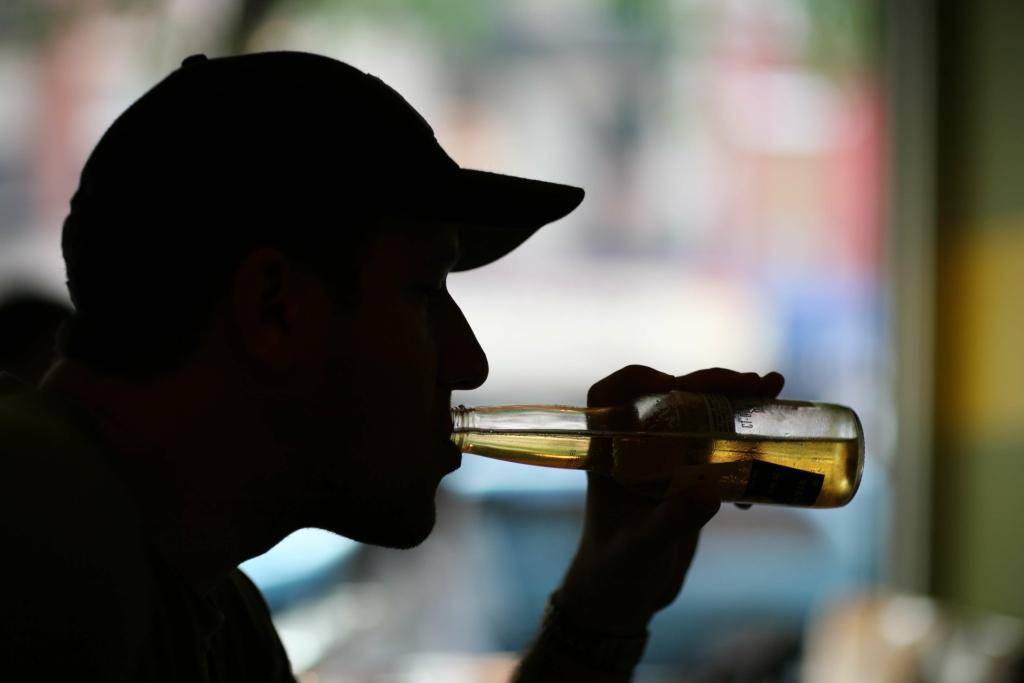The healthy alternative to seeing relapse as personal defeat is to regard it as a steppingstone, a marker of progress—a chance to learn more about one’s individual susceptibilities, about the kinds of situations that are problematic, and about the most workable means of support in a crisis. Engaging in self-care may sound like an indulgence, but it is crucial to recovery. For one, it bolsters self-respect, which usually comes under siege after a relapse but helps motivate and sustain recovery and the belief that one is worthy of good things.
This protects their sobriety and enhances their ability to protect themselves from future threats of relapse. In some cases, abstinence may have physiological effects, but misconceptions about the effects of abstinence on an individual’s body and mental state are also fairly common. For example, some believe abstinence may reduce testosterone levels; research often finds the opposite. One study found that in men, testosterone levels peaked after 7 days of abstaining from sex. Some people conflate the terms celibacy and abstinence; however, there are some key differences between the two concepts. Abstinence stands in contrast to concepts such as limited consumption or self-restraint, because the abstinence model requires complete avoidance of a substance or behavior.
Does 12-Step Contribute to the AVE?
Reliance on any information provided by this website is solely at your own risk. When an urge to use hits, it can be helpful to engage the brain’s reward pathway in an alternative direction by quickly substituting a thought or activity that’s abstinence violation effect more beneficial or fun— taking a walk, listening to a favorite piece of music. Possible substitutes can be designated in advance, made readily available, listed in a relapse prevention plan, and swiftly summoned when the need arises.
It might mean entering, or returning to, a treatment program; starting, or upping the intensity of, individual or group therapy; and/or joining a peer support group. At that time, there is typically https://ecosoberhouse.com/ a greater sensitivity to stress and lowered sensitivity to reward. Good treatment programs recognize the relapse process and teach people workable exit strategies from such experiences.
Moving Forward in Recovery After AVE
While there is evidence that a subset of individuals who use drugs engage in low-frequency, non-dependent drug use, there is insufficient research on this population to determine the proportion for whom moderation is a feasible treatment goal. However, among individuals with severe SUD and high-risk drug or alcohol use, the urgency of reducing substance-related harms presents a compelling argument for engaging these individuals in harm reduction-oriented treatment and interventions. In the 1980s and 1990s, the HIV/AIDS epidemic prompted recognition of the role of drug use in disease transmission, generating new urgency around the adoption of a public health-focused approach to researching and treating drug use problems (Sobell & Sobell, 1995).
What is more, it can alter the sensitivity of the stress response system so that it overresponds to low levels of threat, making people feel easily overwhelmed by life’s normal difficulties. Research shows a strong link between ACEs and opioid drug abuse as well as alcoholism. Some models of addiction highlight the causative role of early life trauma and emotional pain from it. Some people contend that addiction is actually a misguided attempt to address emotional pain. However, it’s important to recognize that no one gets through life without emotional pain. How individuals deal with setbacks plays a major role in recovery—and influences the very prospects for full recovery.
Tips for Rebuilding Life After Rehab
In addition to issues with administrative discharge, abstinence-only treatment may contribute to high rates of individuals not completing SUD treatment. About 26% of all U.S. treatment episodes end by individuals leaving the treatment program prior to treatment completion (SAMHSA, 2019b). Studies which have interviewed participants and staff of SUD treatment centers have cited ambivalence about abstinence as among the top reasons for premature treatment termination (Ball, Carroll, Canning-Ball, & Rounsaville, 2006; Palmer, Murphy, Piselli, & Ball, 2009; Wagner, Acier, & Dietlin, 2018). One study found that among those who did not complete an abstinence-based (12-Step) SUD treatment program, ongoing/relapse to substance use was the most frequently-endorsed reason for leaving treatment early (Laudet, Stanick, & Sands, 2009). A recent qualitative study found that concern about missing substances was significantly correlated with not completing treatment (Zemore, Ware, Gilbert, & Pinedo, 2021). Unfortunately, few quantitative, survey-based studies have included substance use during treatment as a potential reason for treatment noncompletion, representing a significant gap in this body of literature (for a review, see Brorson, Ajo Arnevik, Rand-Hendriksen, & Duckert, 2013).

Giving up on sobriety should never feel like a justified response to vulnerability. The weight of this guilt often correlates to the amount of time spent in recovery leading up to the relapse. Those with only a few weeks of sobriety will not feel as bad as those with years under their belt. Not out of the same warped practicality mentioned above, but because they simply feel as if they are hopeless. Sometimes, it begins from the very moment we even consider the notion of using again.

No comment